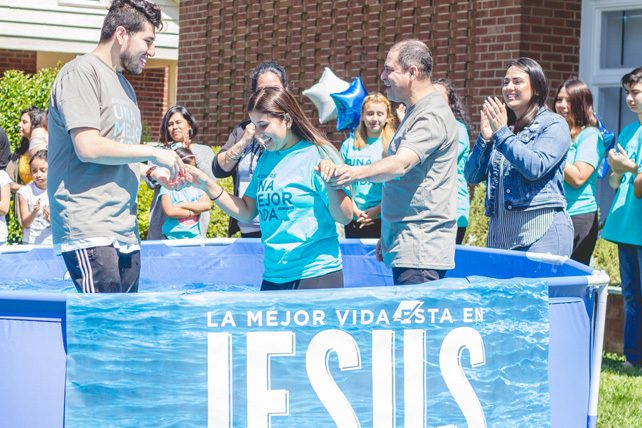
When I was 9, my parents made a decision that forever changed my life. They chose to migrate our family from Guatemala to North America. At the time, I had no say in the matter. The move left me fearful of the unknown, uncertain about fitting in, and longing for the familiarity of my childhood home.
Have you ever experienced such a profound shift—losing everything familiar or being placed in a situation completely out of your control? If not, it may be hard to grasp the complex demographic changes that many Latinos in the United States are navigating today.
A Shifting Cultural Landscape
The Latino population is one of America’s fastest-growing demographic groups. The U.S. Census Bureau reported that as of July 2023, approximately 65.2 million Latinos live in America. They make up almost 20% of the country’s total population. This significant growth not only highlights the increasing presence of Latinos. It also points to the profound need for more Spanish-speaking churches that are culturally and linguistically equipped to serve these communities.
At City-to-City Southern California, we’ve witnessed Hispanic leaders rise to meet the spiritual needs of their communities. Across six regional incubators, including Tijuana, we cultivate Christian leaders from diverse denominations and networks. For 2025, we’re preparing to launch 10 new church plants, and we’re slated to revitalize another 42 churches.
A Shifting Church Landscape
Despite widespread stagnation or decline among many Spanish-speaking churches, first-generation pastors are embracing education and community engagement. Meanwhile, second- and third-generation pastors are stepping up to bridge generational divides. That is evidenced by a Lifeway Research study showing that 69% of U.S. Hispanic Protestant pastors conduct worship services in Spanish, while 18% offer bilingual services.
As America’s cultural landscape evolves, the challenge for non-Hispanic church leaders lies in transitioning from ownership-driven leadership to a stewardship model characterized by humility and inclusivity. Historically, many church movements have been dominated by people who control the resources and hold institutional authority. However, true stewardship requires selflessness, a welcoming attitude, and the willingness to share power and leadership.
Similarly, Hispanic leaders are shedding outdated church practices imposed on them during the initial spread of the gospel in their countries of origin. For these transformations to succeed, churches need to reimagine our power structures. We must ensure that the Holy Spirit’s work and the kingdom of God are accessible to all, not confined only to people who hold resources or institutional authority.
This cultural shift prompts a critical question: How well do we truly know the people we serve? A guiding principle I often share is that “I cannot take people where I have never been.” This reminder compels faith leaders to step out of their comfort zones so they can cultivate empathy and a deeper understanding of their communities. The parable of the Good Samaritan illustrates such compassion vividly, as Jesus demonstrates the importance of seeing, hearing, and acting on other people’s needs.
Empathy is a vital but often underdeveloped skill among modern-day Christian leaders. Many of us are trained to prioritize vision, strategy, and growth. Yes, those areas are undeniably important. But sometimes they can overshadow a community’s spiritual and emotional needs.
Without empathy, we risk becoming blind to the struggles of our neighbors and deaf to the movement of God in our cities. As God reminded Moses, “I have certainly seen the oppression of my people in Egypt. I have heard their cries of distress…Yes, I am aware of their suffering” (Exodus 3:7, NLT). If we are to lead as God calls us to, then we must adopt this same posture—one that sees, hears, and acts with compassion.
How To Reach Latinos With the Gospel
In order for Christian churches to respond well to the growing Latino population, denominational structures and assessments must adapt. Current models often overlook the unique cultural contexts of Latino communities, which then creates barriers for Latino church planters.

